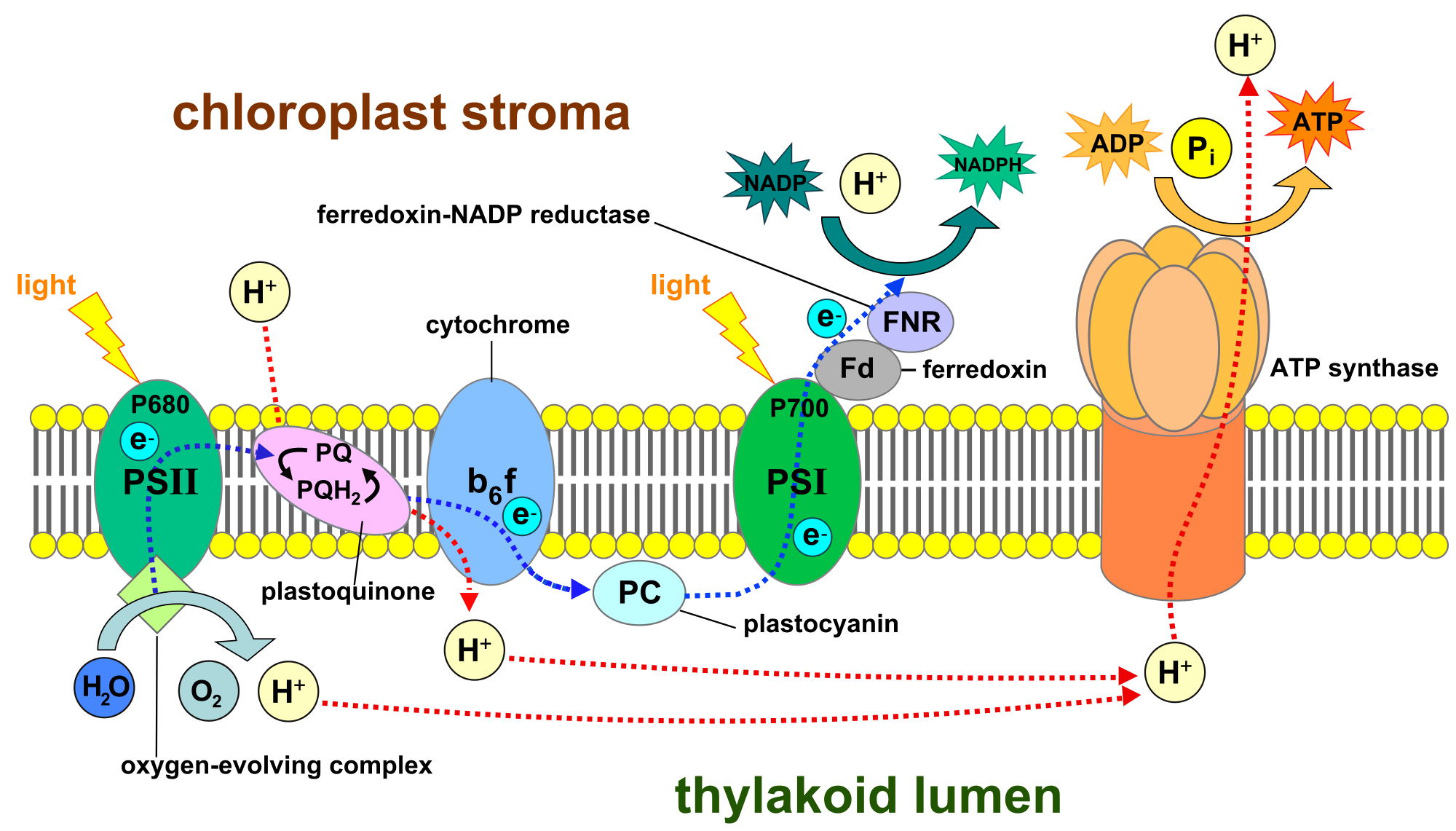A benefit of reproducing asexually is that it is very efficient. As written in the article, "...an asexual female who appears in a population should have twice as many offspring as her sexual counterpart." (215) Plus, you don't need a mate, so you don't have to spend time/energy trying to get one. The rotifer continues and explains that over the years, genes in her species have changed through one process: mutation. She is able to proves that there are no male bdelloid rotifers in the world. A mouse then explains, "...if you don't have sex, you can't adapt to the future?" (224) The Philodina says that her species kept adapting and they live in many different areas and places. Another animal asks how the rotifers get rid of harmful mutations, but the Philodina counters that most mutations are neutral, that they change an organism's DNA sequence, but doesn't change that organism itself.
Then the host of the show steps in, and explains the three most important theories about mutation. In Muller's ratchet, named after Hermann Muller, harmful mutations will stay in asexual species and the number of mutations will ratchet up after periods of time. After some time, the species will go extinct. and the sexual organisms will survive because the shuffling of genes will have some organisms with few mutations. However, this theory relies on the fact that the population of the asexual species is small, and that could sometimes not be the case. In Kondrashov's hatchet, there is a threshold number of harmful mutations an organism can have before it dies. The shuffling of genes in sexual organisms prevents this, but asexual organisms have no way to stop it, and "...if the mutation rate is high enough, there is no way to survive without sex." (227)
The last theory is the Red Queen, and it has to do with infectious diseases. Sexual organisms change their genes, so the parasites cannot stay fully adapted to their hosts. However, in asexual organisms, the genes don't change, so parasites can infect them. Written in the article, it reads "...you have to change to stay where you are." (229) Finally, a nine-banded armadillo talks and reveals to everyone how asexual organisms can survive. Sexual reproduction gives organisms an advantage because it makes them rare. However, the bdelliod rotifers have been traveling, both in space and time. They take part in a process called anhydrobiosis, rendering themselves in suspended animation. When you come to a new place, you are now a unique species, the armadillo explains. Sexual reproduction enables mammals to survive because right now, there is no way for mammals to reproduce asexually. In conclusion, sexual reproduction is important to many organisms because it allows genetic variations, including mutations, competition between organisms, new genetic traits, and parents to care for their young, but it has limitations such usage of time/energy, exposure to STDs/parasites, competition, and bad genetic combinations.
The last theory is the Red Queen, and it has to do with infectious diseases. Sexual organisms change their genes, so the parasites cannot stay fully adapted to their hosts. However, in asexual organisms, the genes don't change, so parasites can infect them. Written in the article, it reads "...you have to change to stay where you are." (229) Finally, a nine-banded armadillo talks and reveals to everyone how asexual organisms can survive. Sexual reproduction gives organisms an advantage because it makes them rare. However, the bdelliod rotifers have been traveling, both in space and time. They take part in a process called anhydrobiosis, rendering themselves in suspended animation. When you come to a new place, you are now a unique species, the armadillo explains. Sexual reproduction enables mammals to survive because right now, there is no way for mammals to reproduce asexually. In conclusion, sexual reproduction is important to many organisms because it allows genetic variations, including mutations, competition between organisms, new genetic traits, and parents to care for their young, but it has limitations such usage of time/energy, exposure to STDs/parasites, competition, and bad genetic combinations.
.jpg/640px-Eukaryotic_Cell_(animal).jpg)




